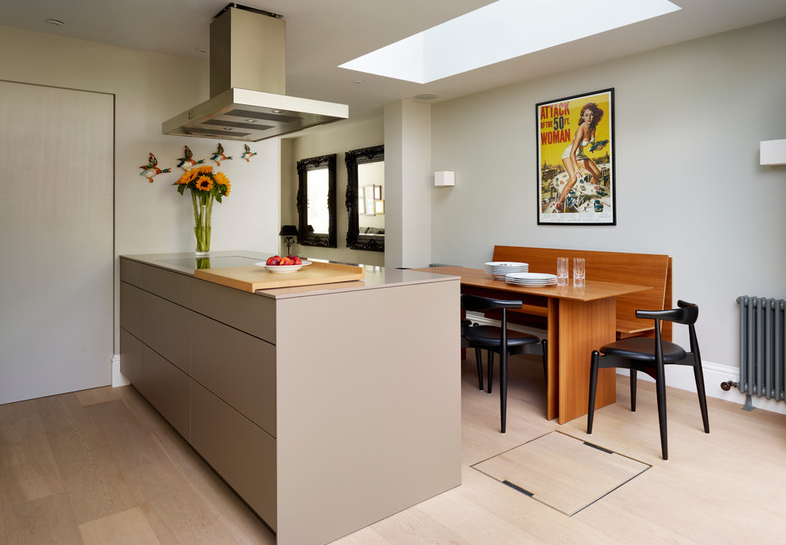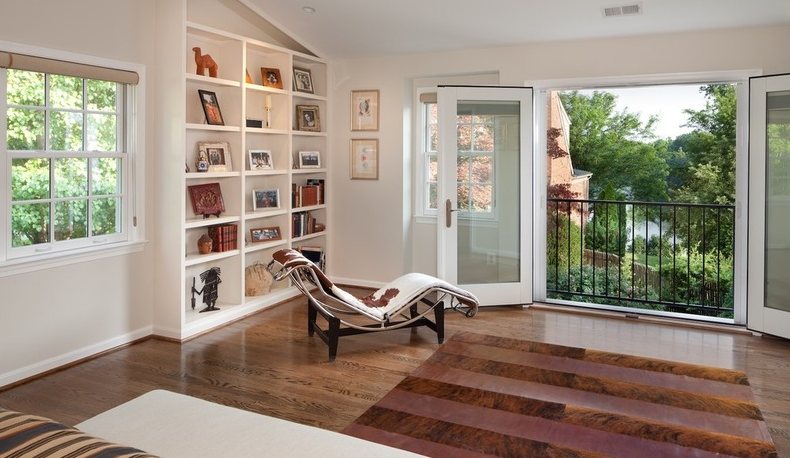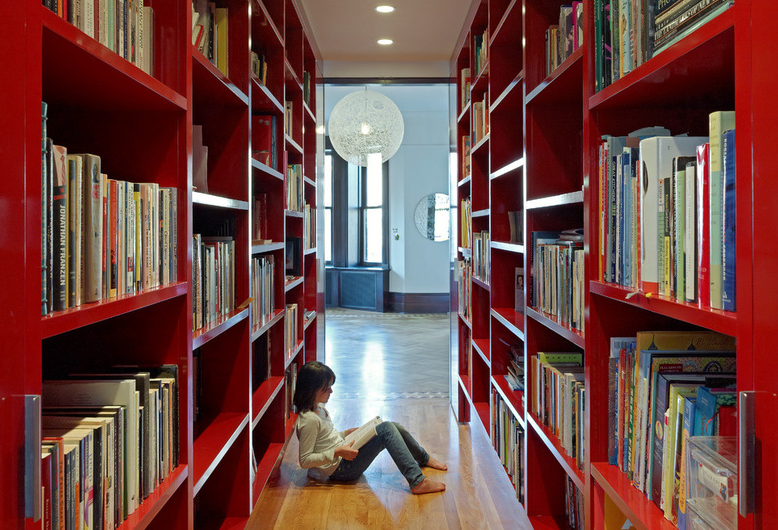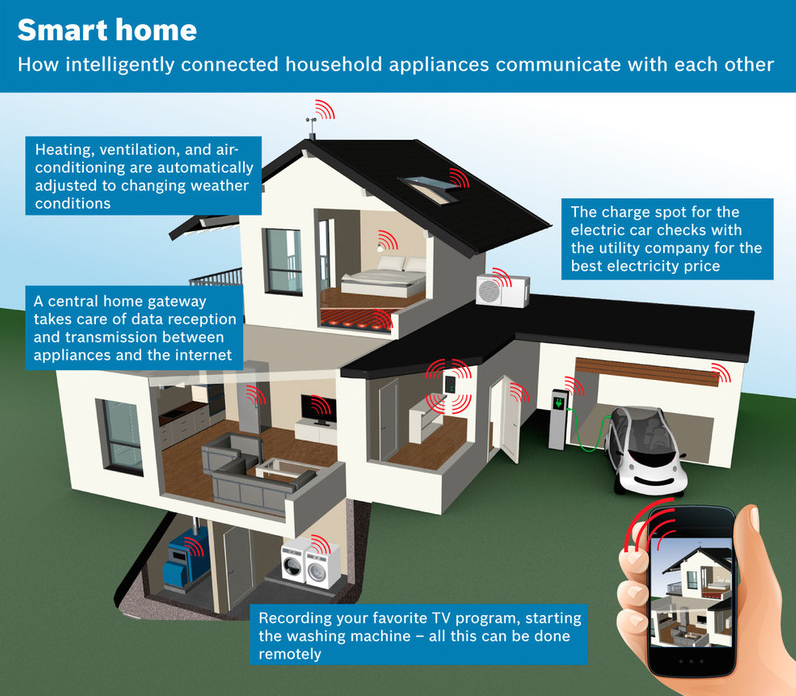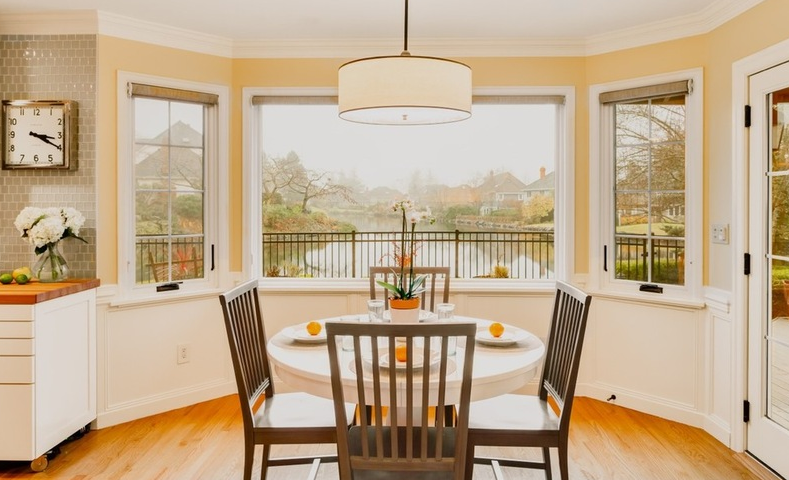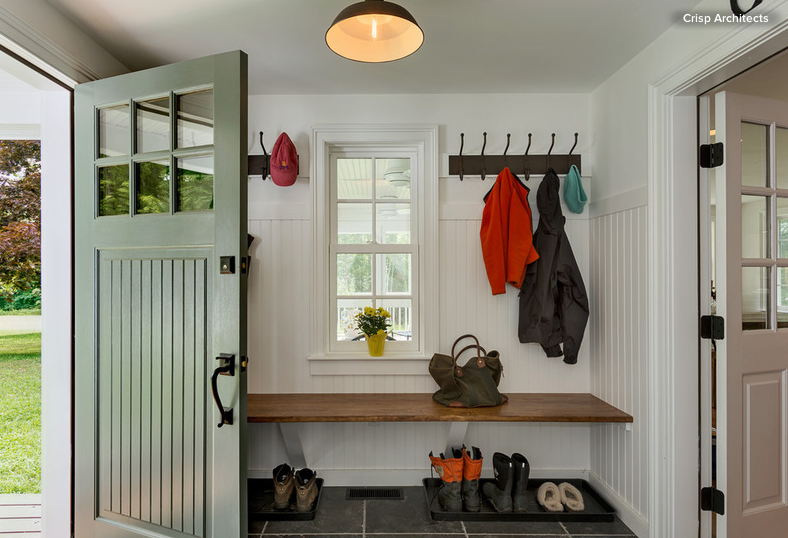There’s nothing like the feel of a crackling fireplace when the temperature drops, but not all of us are so lucky as to have one ready to fire up in the living room.
Warm those cockles then with this infographic from Compact Appliance and get some ideas of modern versions that could keep you cozy for the rest of the winter.

